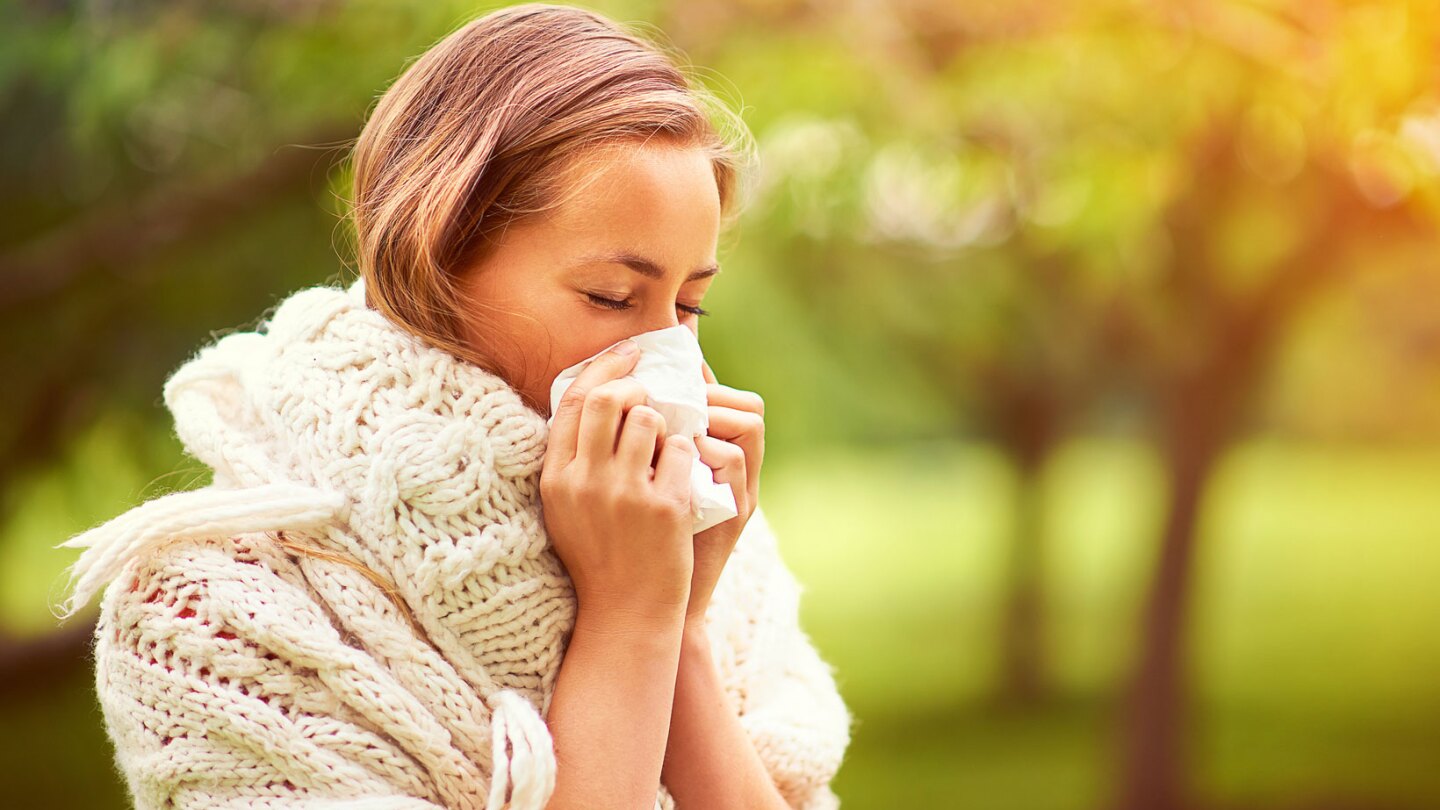
Dust is one of the most common indoor allergy triggers, but its sources aren’t always obvious. It doesn’t only sit on shelves or desks. It builds up in fabrics, behind furniture, on ceiling fans, and around window edges. Microscopic particles settle into carpet fibers and drapes. These particles contain skin cells, insect residue, fibers, and pollutants from outdoors. Vacuuming visible areas is not enough. Unless deep-cleaning routines are consistent, the buildup grows. Curtains, rugs, lampshades, and blinds all trap allergens over time. Weekly vacuuming with HEPA filters and regular laundering of soft surfaces helps reduce airborne particles significantly.
Pet dander remains suspended in the air long after direct animal contact ends
Even if your pet doesn’t shed visibly, dander is still released through skin flakes and saliva. These microscopic allergens float in the air and stick to clothing, cushions, and carpets. You may not notice symptoms immediately, but reactions can intensify over time. Pet-free rooms often still contain dander carried from other spaces. Baths, brushing, and air filtration reduce dander but rarely eliminate it. Removing heavy fabrics like wall-to-wall carpets or thick drapery helps limit retention. If symptoms persist, keeping pets out of bedrooms and investing in air purifiers with activated carbon filters may offer relief.
Mold spores thrive in moisture-rich environments like bathrooms, basements, and under appliances
Humidity encourages mold growth, even in clean homes. Bathrooms, laundry areas, and kitchens are especially vulnerable due to frequent water use. Mold often forms behind tiles, beneath sinks, and inside washing machine seals. Spores enter the air and trigger reactions ranging from sneezing to breathing difficulty. Even invisible colonies release allergens. Dehumidifiers and ventilation fans help maintain safe moisture levels. Leaks should be repaired promptly, and damp fabrics must be dried immediately. Mold-resistant paint and regular scrubbing of shower grout lines can deter future growth. Once present, mold requires deep cleaning or professional removal.
Cockroach residue contributes to allergic responses even when no active infestation is visible
Cockroaches leave behind droppings, shed skin, and saliva, all of which are potent allergens. These materials break down into fine particles that circulate through indoor air. Kitchens and pantries are common hotspots, especially in humid regions. But signs may be minimal. Reactions can occur from past infestations or contact with contaminated surfaces. Proper food storage, sealed trash bins, and regular deep cleaning reduce risk. Using bait stations and caulking entry points further prevents resurgence. Even with no visible bugs, lingering debris can remain behind baseboards or under appliances. Air filtration helps, but removing attractants is more effective.
Soft furnishings and carpets trap allergens and release them with movement or vacuuming
Upholstered furniture and carpeting harbor allergens deep within their fibers. Walking, sitting, or vacuuming can release them into the air. Mattresses and pillows also accumulate particles over time. Allergy-friendly covers reduce exposure but require consistent maintenance. Replacing heavy curtains with blinds and choosing low-pile or hardwood floors offers long-term benefits. For items that can’t be replaced, steam cleaning or using specialized upholstery tools reduces embedded irritants. Frequent washing of blankets, cushions, and slipcovers in hot water also lowers the allergen load indoors. Even furniture seams can collect allergenic particles unnoticed for months.
Poor ventilation concentrates airborne irritants and prevents fresh air circulation
Inadequate airflow allows allergens to remain indoors far longer than they would in well-ventilated spaces. Closed windows, sealed doors, and recirculating air systems can worsen symptoms. Without proper exchange, allergens accumulate in every room. Modern insulation improves energy efficiency but often reduces air turnover. Adding exhaust fans, periodically opening windows, and using HEPA-filtered purifiers help flush indoor air. Central HVAC systems should be cleaned and inspected regularly. Filters must be replaced on schedule or they lose effectiveness. Mechanical ventilation or window units can’t match fresh airflow unless regularly maintained.
Scented cleaning products and air fresheners release irritants mistaken for pleasant smells
Artificial fragrances found in many household cleaners can trigger allergic or respiratory reactions. These products often contain volatile organic compounds (VOCs), which linger long after application. Air fresheners, candles, and sprays release particles that combine with existing allergens. People often confuse these effects with seasonal allergies or colds. Switching to unscented or natural cleaning agents reduces exposure. Vinegar, baking soda, and castile soap offer simple alternatives. If commercial products are necessary, check for non-toxic, fragrance-free labels. Testing new items on small surfaces can prevent spreading potential triggers across the entire home.
Houseplants can carry hidden mold spores or accumulate dust on their leaves
Plants improve air quality in some homes, but they can also introduce or harbor allergens. Damp soil encourages mold growth, particularly in low-light conditions. Overwatering and poor drainage create perfect environments for spores. Dust also collects on broad leaves and is released when disturbed. Some varieties release pollen or emit irritants depending on their flowering cycle. If symptoms increase, try reducing plant numbers or changing placement. Opt for easy-to-clean species and avoid letting water sit in trays. Regular leaf-wiping and using gravel instead of topsoil may help reduce allergenic spread from indoor plants.
Mattresses and bedding collect skin flakes and support dust mite populations
Beds are major sites of allergen buildup due to prolonged contact and warmth. Dust mites feed on shed skin and thrive in mattresses, pillows, and blankets. These mites release waste that triggers allergic symptoms like congestion, itching, or fatigue. Using allergen-proof covers helps reduce exposure. Weekly washing of sheets in water above 60°C is also recommended. Down bedding should be replaced with synthetic alternatives where possible. Vacuuming the mattress surface with a HEPA filter and exposing it to direct sunlight can further reduce populations. Replacing pillows every two years and mattresses every seven keeps allergens in check.
Laundry rooms can trap heat and humidity that promote allergen growth behind machines
Moisture from dryers and water lines can accumulate in hidden areas of the laundry space. This creates a humid environment ideal for mold and bacterial growth. Lint buildup behind machines is often ignored and can carry dust or pet hair. Mold sometimes forms around floor drains or inside rubber seals of front-loading washers. Routine inspection and ventilation are critical. Wiping surfaces, cleaning dryer vents, and checking for slow leaks help maintain air quality. Using an exhaust fan or leaving doors open after use lowers moisture buildup. Simple habits in this space can reduce allergy flare-ups significantly.
Source: Allergist in Dubai / Allergist in Abu Dhabi
